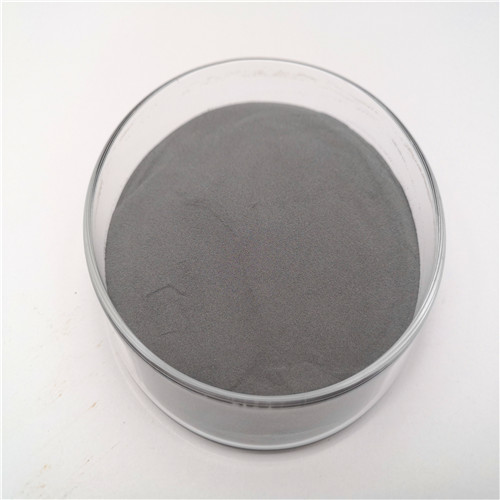In 718 is a heat-treatable hardenable alloy. Because of its excellent fatigue resistance and corrosion resistance at a high temperature of 650°C, it has been used in the aerospace, aerospace and nuclear industries for decades. Therefore, this alloy has been used in the early development of additive manufacturing (AM) of metal alloys. Although intensive research has been conducted to achieve optimal performance, it is still feasible to control the grain structure established during solidification. This is essential. The solidified microstructure has a great influence on performance and processing. The spacing of the primary dendrite arms, grain size and grain texture will affect the yield strength, fracture toughness and high cycle fatigue life, while the refined equiaxed microstructure will increase the resistance to solidification cracks.
Different strategies have been proposed to control the grain structure produced by solidification. In contrast to conventional casting, AM can handle process parameters such as input energy, scanning speed, and establishing strategies to establish thermal conditions that promote equiaxed grains, namely low temperature gradients and rapid solidification fronts. Along this route, the most successful solutions rely on preheating the substrate, mainly in electron beam melting (EBM) technology, and are predicted to be used in other technologies such as direct energy deposition (DED) and selective laser melting ( SLM)) may be effective. This solution is usually associated with a high energy input that helps to establish a low temperature gradient. It seems more difficult to determine the overall trend of scanning speed, because the relationship with the speed of the solidification front is far from direct.

In 718 is additively manufactured by laser line coaxial process. Multiple isometric belts were observed in the sample. According to detailed EBSD analysis, it has been shown that equiaxed grains are produced by ISRO-mediated nucleation mechanism, which was previously only observed in Al-based and Au-based fcc alloys. It is expected that the icosahedral symmetry derived from the EBSD analysis of the fcc phase originates from the rapid remelting of the previous layer, thereby providing a metastable configuration in the liquid, which is conducive to the nucleation of the fcc phase. These results open up new prospects for the additive manufacturing of nickel-based alloys.
About KMPASS
KMPASS is a trusted global chemical material supplier & manufacturer with over 12 years experience in providing super high-quality chemicals and Nanomaterials. The company export to many countries, such as USA, Canada, Europe, UAE, South Africa, Tanzania, Kenya,Egypt,Nigeria,Cameroon,Uganda,Turkey,Mexico,Azerbaijan,Belgium,Cyprus,Czech Republic,Brazil, Chile, Argentina, Dubai, Japan, Korea, Vietnam, Thailand, Malaysia, Indonesia, Australia,Germany, France, Italy, Portugal etc. As a leading nanotechnology development manufacturer, KMPASS dominates the market. Our professional work team provides perfect solutions to help improve the efficiency of various industries, create value, and easily cope with various challenges. If you are looking for In718 powder, please send an email to: sales2@nanotrun.com



